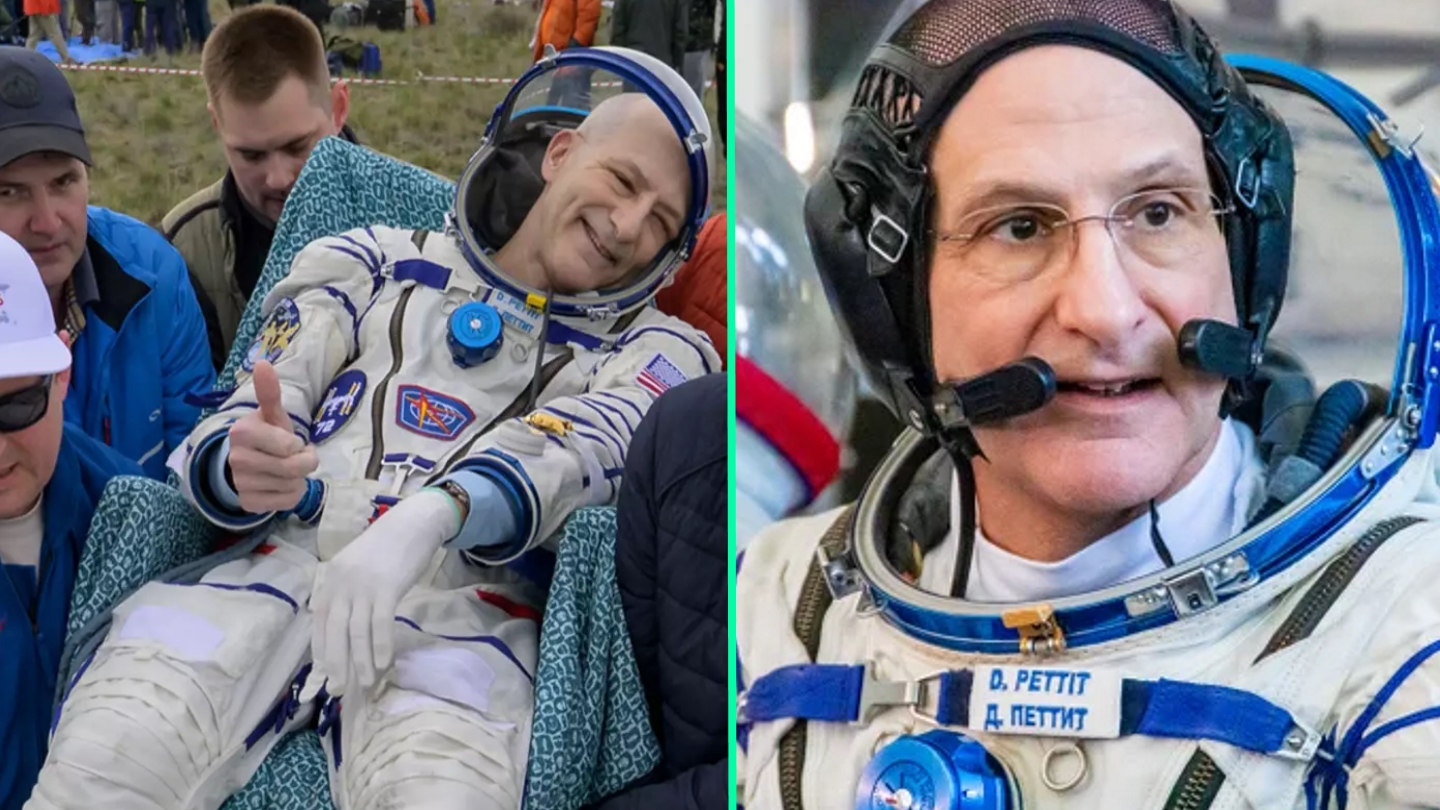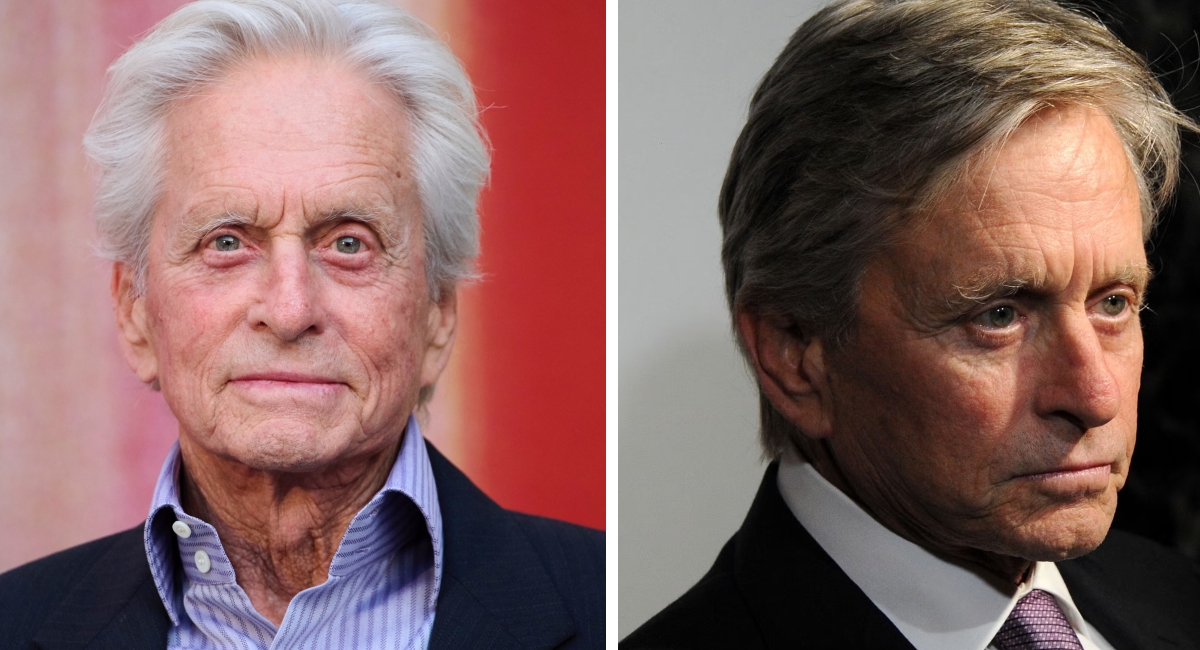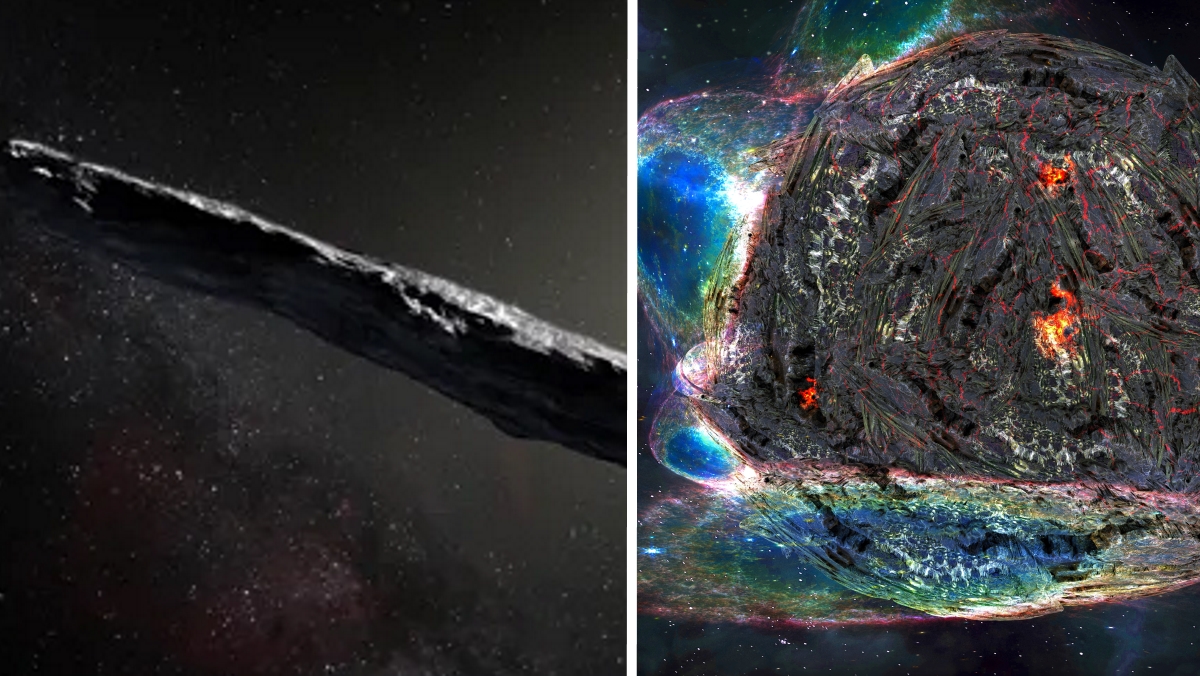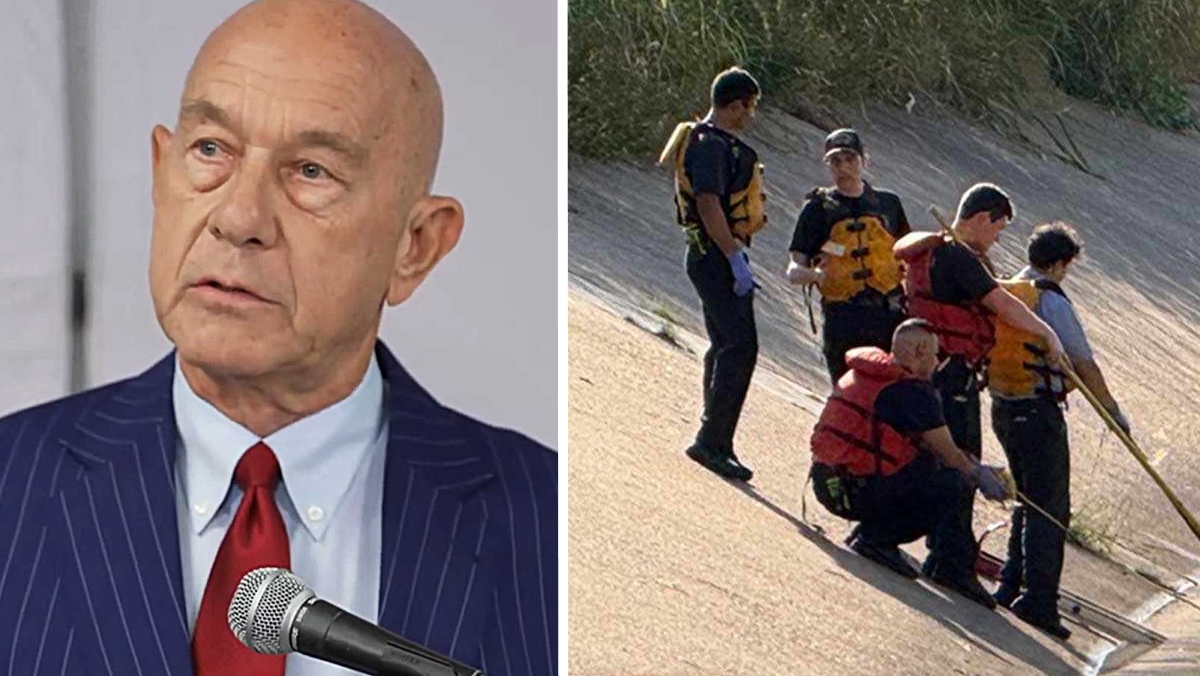NASA veteran Don Pettit, at 70 the agency’s oldest active‑duty astronaut, touched down on April 20 in Kazakhstan after a 220‑day mission aboard the International Space Station—celebrating his milestone birthday in microgravity before re‑entering Earth’s atmosphere. His Soyuz MS‑26 capsule completed 3,520 orbits, marking one of the longest single‑crew stays in orbital history. Reuters reports on Pettit’s homecoming.
NASA’s oldest serving astronaut Don Pettit returns safely on his 70th birthday after 220 days in space—what a legacy! https://twitter.com/AFP/status/1913923640321610011— AFP News Agency (@AFP) April 20, 2025
Throughout his tenure on the station, Pettit spearheaded over a dozen experiments—ranging from advanced water‑recycling tests for lunar bases to automated plant‑growth chambers aimed at sustainable food production in space. His work, detailed on NASA’s official blog, will inform critical countermeasures for future crewed missions to Mars and beyond.
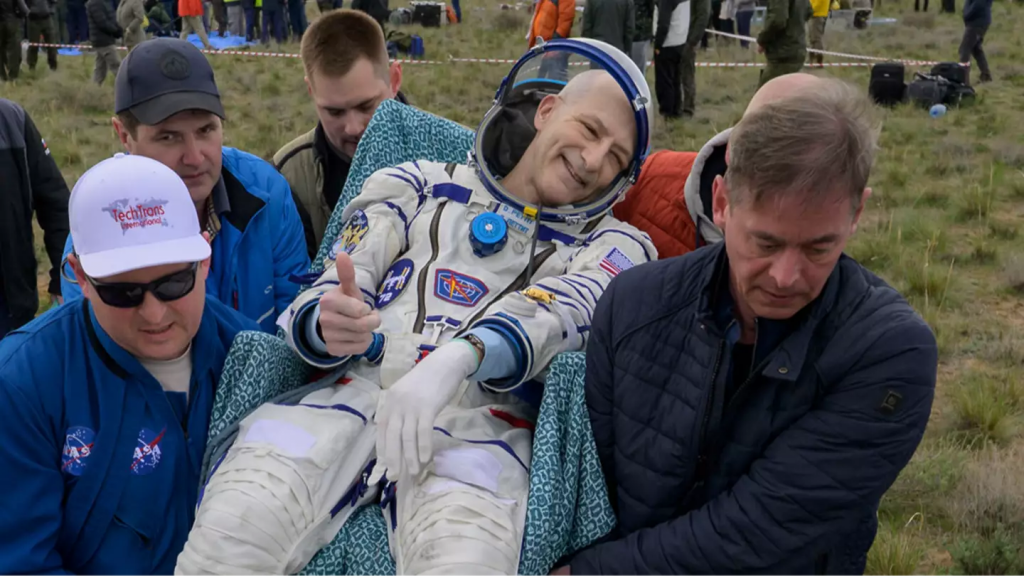
From watering salad greens to purifying urine for drinking water—Don Pettit’s station experiments are earth‑changing. https://twitter.com/NASA/status/1914056783456123456— NASA (@NASA) April 20, 2025
But the human toll of microgravity is stark: NASA data indicate astronauts lose up to 1.5% of bone density per month—equivalent to decades of osteoporosis on Earth—and suffer 20–30% muscle mass decline without rigorous exercise. Pettit adhered to a two‑hour daily regimen on resistive and treadmill devices, as described in a ScienceDirect review on spaceflight physiology.
After 200+ days in orbit, expect significant bone and muscle loss—exercise is non‑negotiable. https://twitter.com/CBSNews/status/1914084160060244447— CBS News (@CBSNews) April 20, 2025
Microgravity also reroutes fluids upward, causing facial puffiness and increased intracranial pressure that can lead to vision impairment. A PubMed study links these shifts to lasting eye‑structural changes—issues Pettit will monitor in post‑flight medical assessments at NASA’s Johnson Space Center.
Exposure to cosmic rays adds another layer of concern. Though low‑Earth orbit offers partial magnetospheric protection, long‑duration crewmembers accrue radiation doses associated with higher cancer and cardiovascular risks. Pettit’s cumulative 590 days in space rank him among the most irradiated humans, underscoring the challenge of shielding astronauts on deep‑space missions.
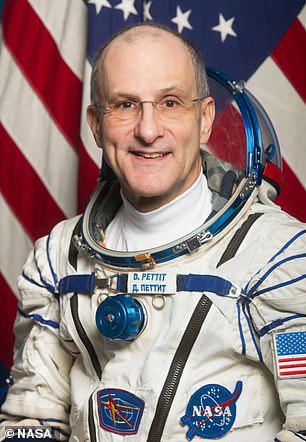
Rehabilitation on Earth begins with tilt‑table acclimation, balance retraining and high‑protein diets to rebuild strength. NASA’s Human Research Program is studying Pettit’s recovery metrics to refine countermeasures—findings that could benefit seniors suffering from age‑related muscle and bone decline.
Watching Don Pettit walk again will teach us how to help people with paralysis and osteoporosis here on Earth. https://twitter.com/SmithsonianMag/status/1914101237890123456— Smithsonian Magazine (@SmithsonianMag) April 21, 2025
His mission also highlighted international cooperation: Pettit returned alongside Roscosmos cosmonauts Alexey Ovchinin and Ivan Vagner, a partnership that persists despite geopolitical tensions. Together, they conducted joint spacewalks and shared emergency‑response drills—an enduring symbol that space collaboration transcends Earthly divides.
As Don Pettit steps onto Kazakh soil, he carries a wealth of insights on human resilience in space and inspires future explorers. Celebrating his 70th birthday among the stars, Pettit’s journey reminds us that age is no barrier to pioneering the final frontier—and that the lessons learned up there can transform life down here.

